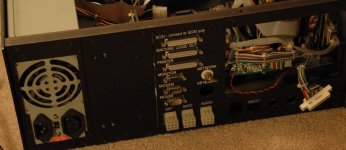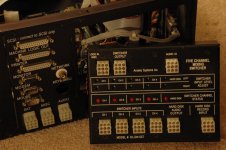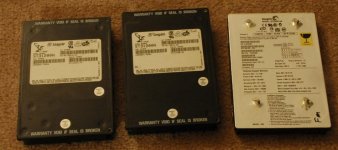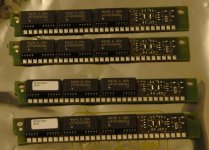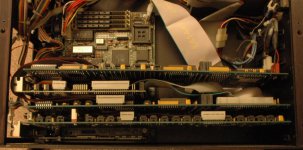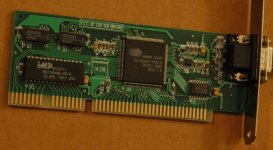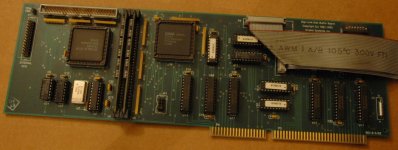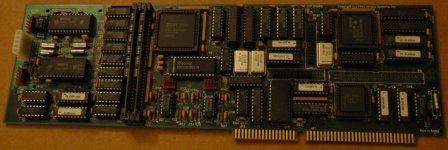CommodoreZ
Experienced Member
I figured that I would post a weird little machine that I scored for free a few years back: an Arrakis Systems Inc. Digital Network Audio Controller
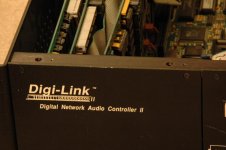
Under the hood, it seems to be a heavily customized 386 in a heavy-gauge steel rack mount chassis running DOS (I can't recall the version at this time, its been a little while since I fired it up). I got it and another one in similar shape, and of course found a way to fire it up. Each came with a 3 1/2" Floppy drive, an IDE HDD, a SCSI HDD, and a very unique set of connectors. I only had space to keep one of them, so I scavenged all the good RAM, HDD's, and Floppy drive out of the one in worse condition, and threw in a few broken parts here and there. Then I donated the dud machine to my college ACM chapter to be used for a "computer smashing" fundraiser. But that was about 2 years back by now. It put up the best fight I've ever seen a computer give that was subjected to that experience. Bricked machines a-plenty have met their fate that way. I've beaten myself up over doing since then, but I'm at peace with that transgression now... I have one that works, and parts-a-plenty to fix it.
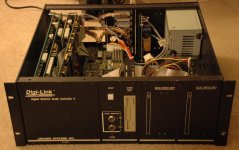
So here is the machine itself, with pictures of the internals as well as each card.

I've removed the SCSI drive for the time being, just to play around with the DOS that was installed and learn about it. For the sake of easy access, I put the IDE HDD in the SCSI mounting bracket.

I was amazed at how small the CPU was compared to everything else.
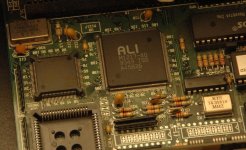
Sorry you can't see the CPU markings too well.

Under the hood, it seems to be a heavily customized 386 in a heavy-gauge steel rack mount chassis running DOS (I can't recall the version at this time, its been a little while since I fired it up). I got it and another one in similar shape, and of course found a way to fire it up. Each came with a 3 1/2" Floppy drive, an IDE HDD, a SCSI HDD, and a very unique set of connectors. I only had space to keep one of them, so I scavenged all the good RAM, HDD's, and Floppy drive out of the one in worse condition, and threw in a few broken parts here and there. Then I donated the dud machine to my college ACM chapter to be used for a "computer smashing" fundraiser. But that was about 2 years back by now. It put up the best fight I've ever seen a computer give that was subjected to that experience. Bricked machines a-plenty have met their fate that way. I've beaten myself up over doing since then, but I'm at peace with that transgression now... I have one that works, and parts-a-plenty to fix it.

So here is the machine itself, with pictures of the internals as well as each card.

I've removed the SCSI drive for the time being, just to play around with the DOS that was installed and learn about it. For the sake of easy access, I put the IDE HDD in the SCSI mounting bracket.

I was amazed at how small the CPU was compared to everything else.

Sorry you can't see the CPU markings too well.

